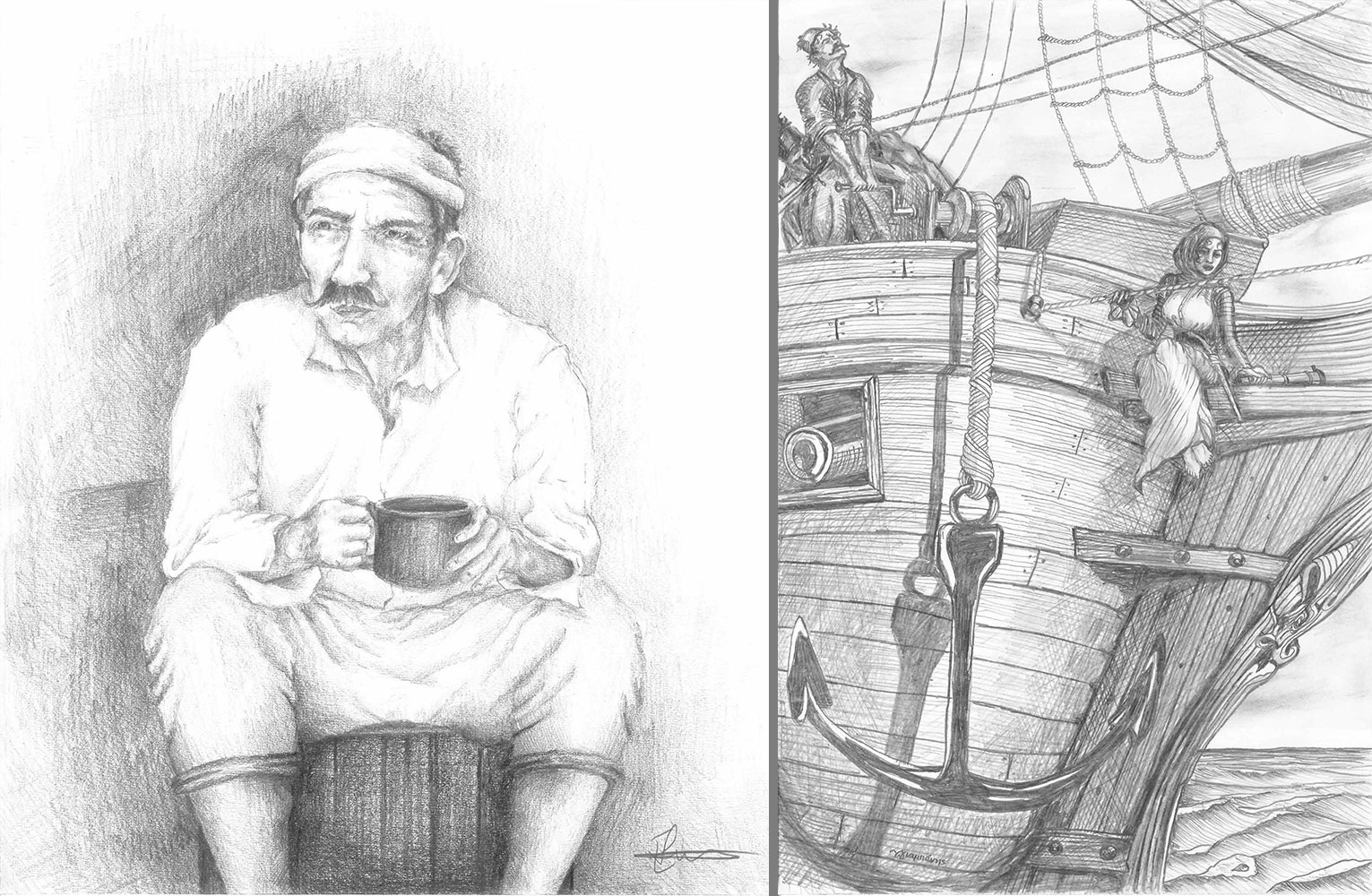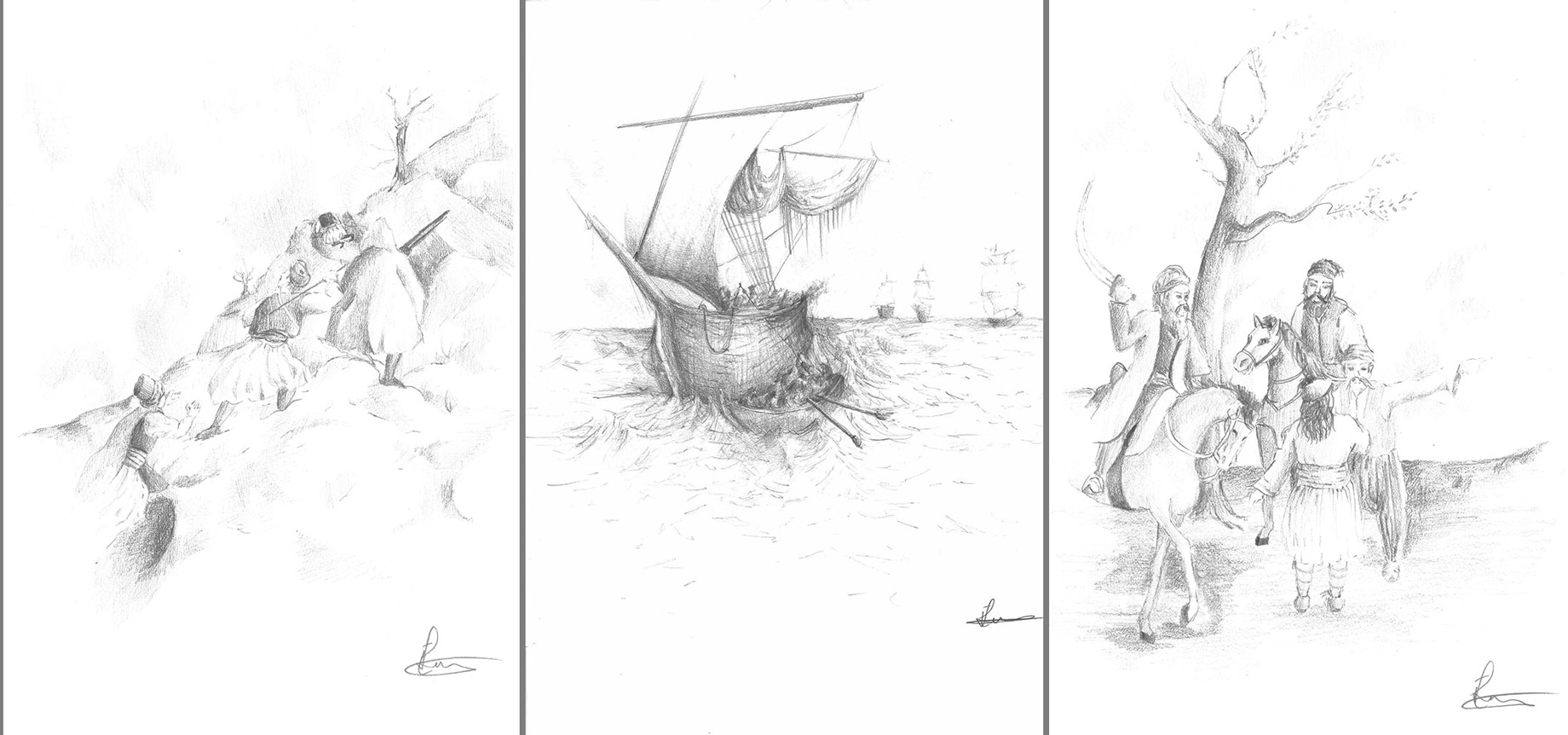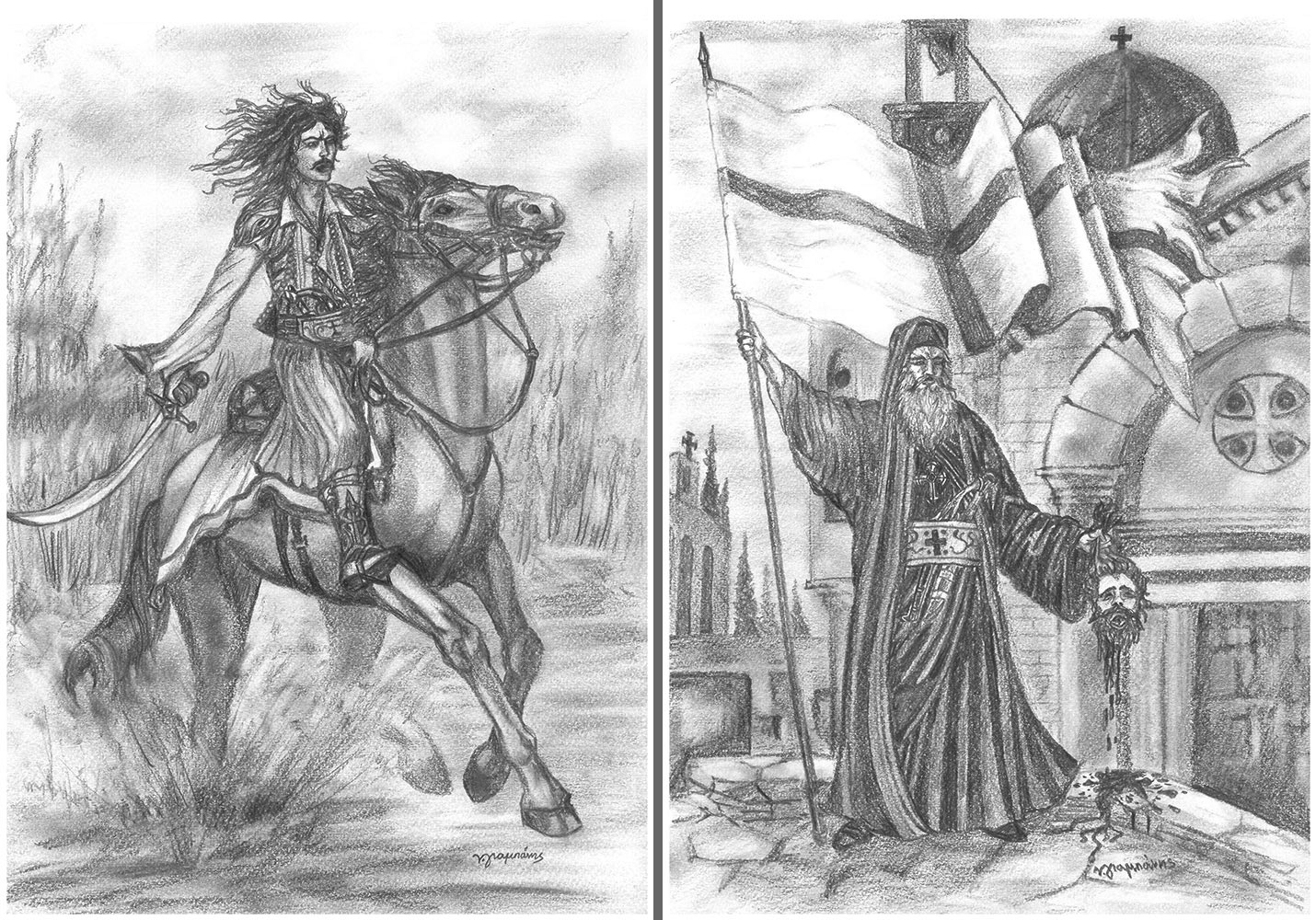ART-PRESENTATION: Drawing The Revolution
 On the occasion the celebrations for the 200 years since the Greek Revolution of 1821 (Greek War of Independence) and the National Revival. National Technical University of Athens (NTUA) planned a series of with a series of events and activities, like: “Castles and Bridges in the Years of the Revolution”, “The Polygenesis of Architecture / The Architecture of Polygenesis” and “The Naval Struggle of Greeks”.
On the occasion the celebrations for the 200 years since the Greek Revolution of 1821 (Greek War of Independence) and the National Revival. National Technical University of Athens (NTUA) planned a series of with a series of events and activities, like: “Castles and Bridges in the Years of the Revolution”, “The Polygenesis of Architecture / The Architecture of Polygenesis” and “The Naval Struggle of Greeks”.
By Efi Michalarou
Photo: NTUA Archive
The participation of National Technical University of Athens in the celebrations is in progress and many of the taken initiatives have already been implemented and made public. One of them, characteristic and interesting was its collaboration with the Rector of Athens School of Fine Arts (ASKT), Mr. N. Tranos, to contact ASKTstudents, asking them to capture on paper “moments” of the struggle as they imagine them. Through this invitation, the works of two very promising young artists, Nikolaos Giabanis and Eleni Karakou stood out.
Through the black and white drawings of the two young talented students of the School of Fine Arts, Nikos Giabanis and Eleni Kourakou, begins an interesting journey in the Greek Revolution trough the heroes and their actions. The artists, using a classic-traditional medium such as drawing, the basis of art, as characteristically the greatest video artist of our time Bill Viola says “To create a good video, you have to master drawing, because that is the basis of art”, but with a very contemporary way and fresh look, that adjoins to computer screens, drawing the history frame by frame, freezing it and giving a new breath.
The two different writings to the male and female gaze and have great interest. On the one hand Eleni Karakou’s drawings refer to the women’s sensitivity and fragility, with a lot of white space and the pencil gently resting on the surface of the paper, rolling coarsely and slowly fading, leaving the imagination to penetrate, filling the white area of paper with personal thoughts, in a balance of forces, wherein the vacuum and the full battle between, a narrative which is obtained by abstraction, levitation, the new space and empty time, there pulsate, there are structured the emotions of the heroes, but also the visual experience of the viewer.
On the other, in Nikos Giabanis’ drawings the details are the focus of his work. He seems to be taking part in the battles he depicts on paper, like an adult, who has taken part in the children war games. A game that he masters and represents with comfort and detail in his artistic life, with a raging momentum, since the pencil seems to fight with the paper, while the empty and the whole are in complete harmony. The folds of the details, allow the viewer to penetrate his drawings and travel to a world that is deeply poetic and completely realistic. The description, in this case, is complete and systematic. The depiction through the realism manages to turn the viewer into a participant and complicit.
The most charming element… in this journey… in time and history… the history of the Greek Revolution, which was multifaceted, with many aspects and even more plicationσ, with many battles, with victories and defeats, is how the male and female look and writing join hands, just like the heroes and heroines coexisted. The way that two artists narrate the same story through their personal writing. The point of divergence between them is the point of convergence of art history, of contemporary art that coexists in the same artworks, through paper and pencil, black and white, austerity and realism, with inherent affinities, that from the multiple images, emerge multiple readings.
The original paintings of the students of ASKT, adorn the interiors of the Administration Building at the National Technical University of Athens (NTUA) in Zographou-Athens.
Download Greek Version here.
















